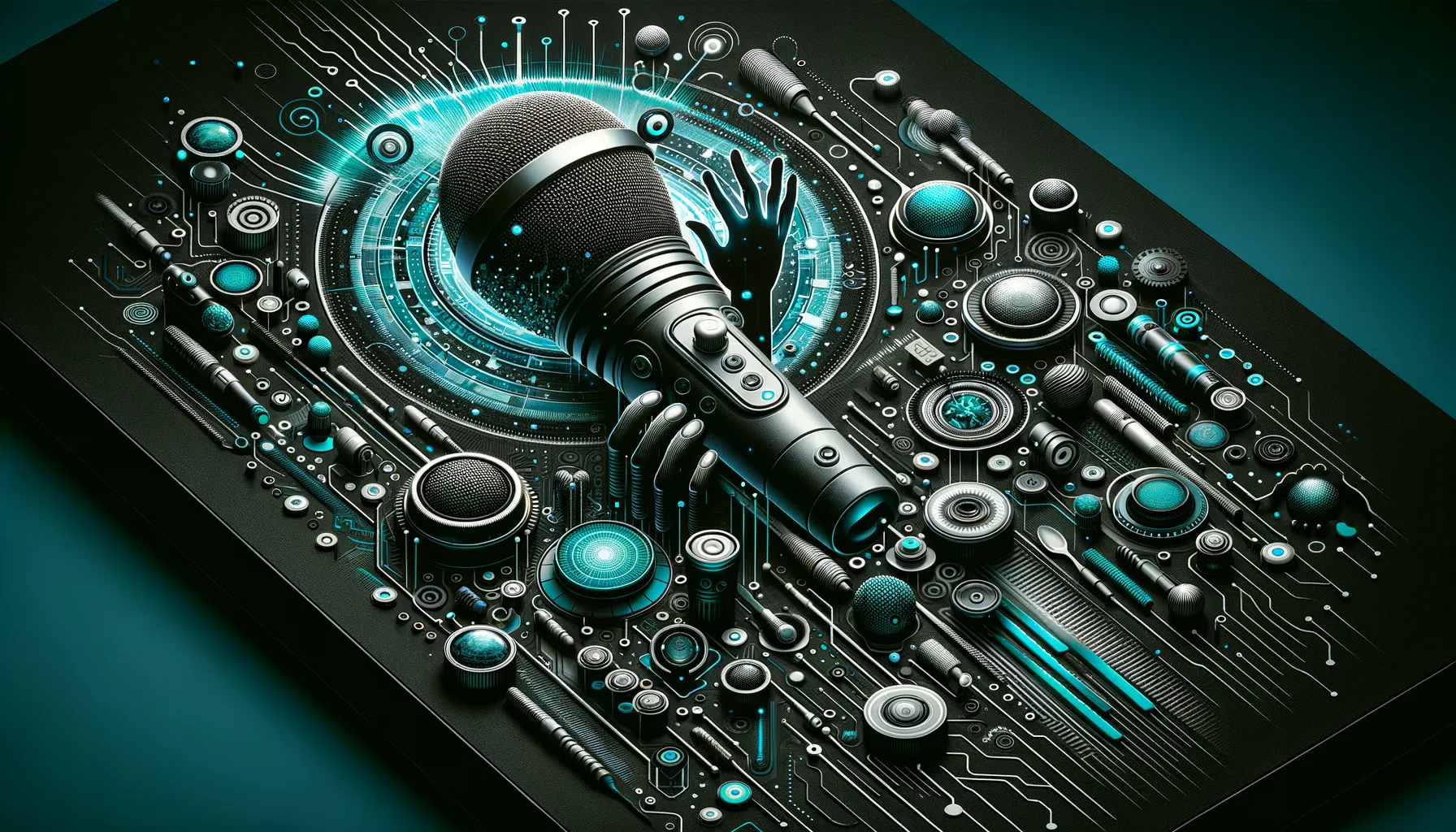Saturday 28 September 2024, 01:01 PM
Understanding the basics of speech recognition technology
Speech recognition technology lets devices like Siri and Alexa understand and respond to human speech by converting it into text or commands, involving processes such as audio input, signal processing, and machine learning.
Introduction to Speech Recognition Technology
Have you ever wondered how devices like Alexa, Siri, or Google Assistant understand what you’re saying? The magic behind this fascinating interaction comes from a technology known as speech recognition. Essentially, it allows computers to hear and interpret human speech, translating it into text or commands that the machine can understand. Let's dive into understanding some of the basics of how this technology works and its various components.
What is Speech Recognition?
Speech recognition technology enables computers and mobile devices to recognize spoken language and convert it into text or execute commands. It is the primary way through which we interact with virtual assistants, automated customer service systems, and even in dictation applications that convert speech into typed text.
The Core Components of Speech Recognition Systems
Understanding speech recognition requires familiarity with several key components that work together to process human speech:
Audio Input
The first component is the audio input. This is where the speech recognition system captures your voice through a microphone. It could be the microphone on your smartphone, laptop, or a dedicated device.
Signal Processing
Once your voice is captured, the system converts the analog signal (your voice) into a digital signal that the computer can work with. This process often involves noise reduction to eliminate background sounds and enhance the clarity of your spoken words.
Feature Extraction
After processing the signal, the system needs to figure out what parts of the sound are important. In this step, the speech recognition software analyzes the digital signal to identify distinctive features that represent speech sounds. This helps differentiate between various phonemes, the smallest units of sound that make up speech.
Pattern Recognition
At this stage, the system uses algorithms to compare the extracted features from your speech with a pre-existing database of linguistic models. These models help the system understand different accents, dialects, syntax, and context, which all affect the meaning of spoken language.
Text Output
Finally, once the spoken audio has been processed and matched with linguistic models, the system translates it into text or executes an action based on the command given.
How Speech Recognition Works
The actual process of converting speech into text involves several steps that include sophisticated algorithms and machine learning models. Here’s a brief rundown of how it generally works:
- Acoustic Analysis: First, the system analyzes the basic sounds captured in the speech.
- Language Modeling: Concurrently, a language model predicts the likelihood of certain words following others. This helps in understanding syntax and the context within which words are used.
- Decoding: Using advanced algorithms, the system then combines the outputs from both acoustic analysis and language modeling to decode the spoken input into text or commands.
- Post-Processing: Some systems include a stage where the text is further processed to correct grammar or contextual errors.
Machine Learning in Speech Recognition
A significant aspect of speech recognition technology is machine learning. Machine learning models are trained on vast amounts of speech data to learn varieties of language, accents, and patterns. These models continue to improve over time as they are exposed to more data, which means the more you use these systems, the better they get at understanding your voice and nuances.
Challenges in Speech Recognition
Despite impressive advancements, speech recognition is not without its challenges:
- Accents and Dialects: Variability in accents can greatly affect the system’s ability to accurately understand speech.
- Background Noise: Loud environments can interfere with the recognition accuracy.
- Homophones and Context: Words that sound alike but have different meanings (homophones) can also pose difficulties in correctly interpreting speech.
Applications of Speech Recognition Technology
The implications of speech recognition technology are vast and influential across many sectors:
- Accessibility: Helping individuals with disabilities to interact with technology and communicate more effectively.
- Healthcare: Enabling doctors to dictate notes and manage patient information hands-free.
- Automotive: Allowing drivers to operate navigation and entertainment systems without taking their hands off the wheel.
- Customer Service: Enhancing customer experience through voice-operated virtual assistants.
The Future of Speech Recognition
As technology progresses, the future of speech recognition looks promising. We can anticipate even more seamless integration into our daily lives with enhanced accuracy and fewer biases. The technology is also branching into more complex areas of artificial intelligence, potentially understanding not just the words we say but the intent and emotions behind them.
Conclusion
Speech recognition technology has come a long way and continues to integrate into more aspects of our daily lives. While it's not perfect, its evolution is ongoing, promising ever more innovative ways to interact with our devices. Understanding these basics can help us appreciate the complex marvels behind our simple spoken commands to our favorite devices. Whether you're just curious about technology or looking into more technical details, speech recognition is undoubtedly an exciting field that's shaping how we communicate with the digital world around us.

